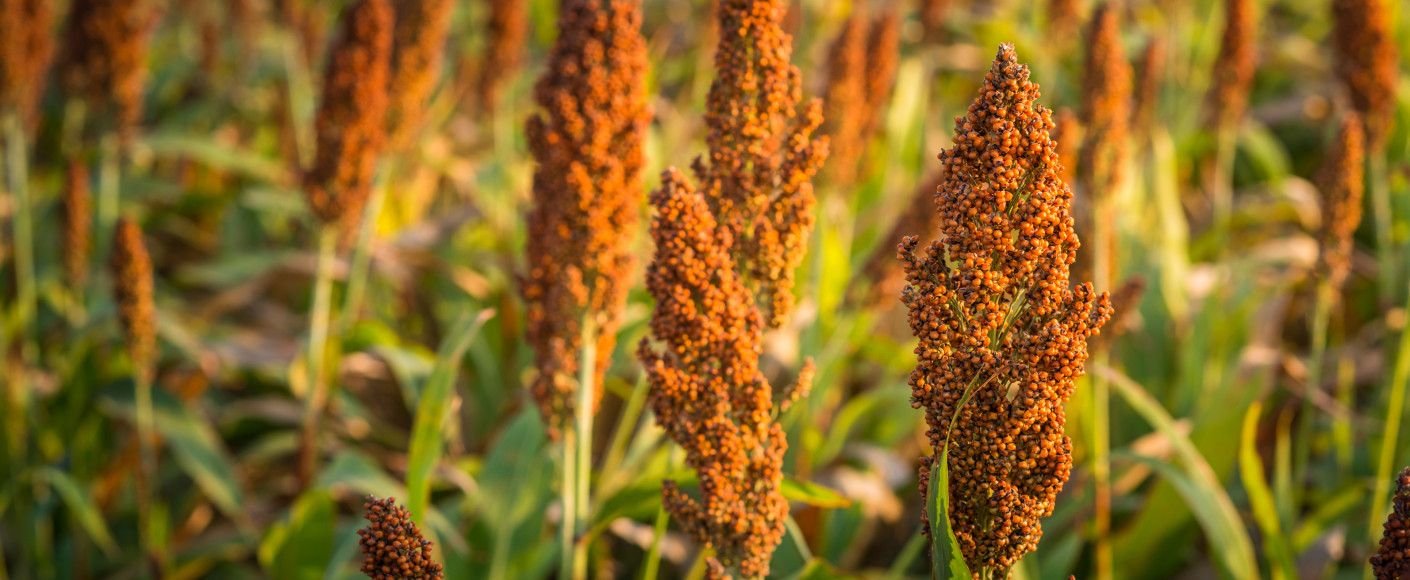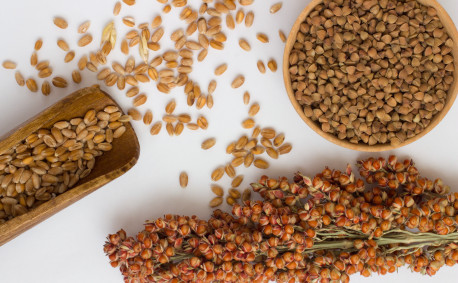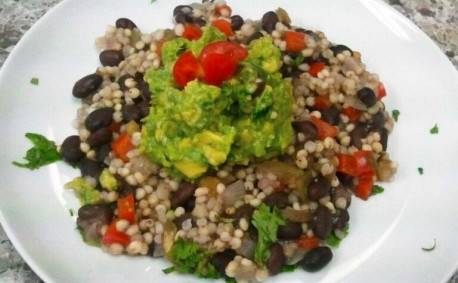Spotlight on Sorghum
If you hear the word “sorghum,” chances are your first question will be, “What is that?”
Although sorghum can trace its roots back to ancient Africa, many people in the United States aren’t very familiar with this versatile grain.
It’s primarily used for livestock feed (including beef, poultry and even seafood!). It’s also used to make sorghum molasses, which is popular in the South. However, sorghum as a grain is catching on more and more.
Sorghum is high in antioxidants, non-GMO and gluten-free. It’s an excellent substitute for wheat, rye and barley for those who cannot tolerate gluten. In some cultures sorghum is used to make breads, in couscous, and for both fermented and unfermented beverages. It can be steamed, popped or even eaten as a fresh vegetable.
This high-energy, drought-tolerant crop can also be used for building material, fencing, floral arrangements, pet food and brooms.
Kansas was the top sorghum-producing state in 2015. The “Sorghum Belt” runs from South Dakota to South Texas and the crop is grown primarily on dryland acres. In recent years, sorghum’s use in the ethanol market has seen tremendous growth, with approximately 40 percent of domestic sorghum going to ethanol production.
Researchers are also looking at sorghum’s potential to fight cancer, high cholesterol and obesity.
Learn more about this ancient, yet up-and-coming grain.




